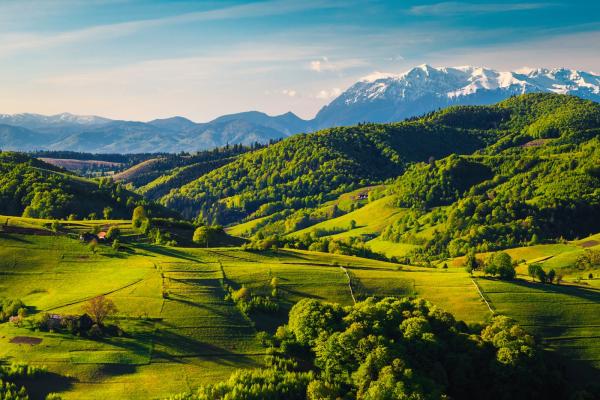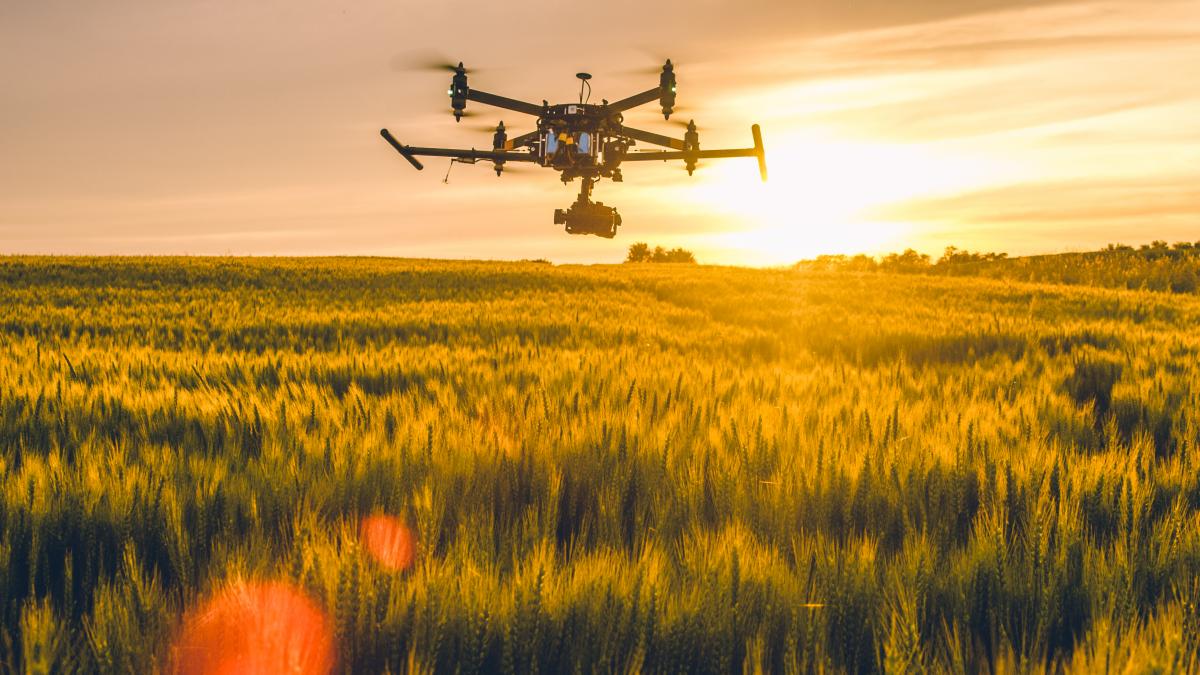By Artem Milinchuk, Founder & CEO of FarmTogether.
Last month, discussions from the COP26 Summit dominated headlines.
The climate emergency is intensifying. Record-setting heat waves, rampant wildfires, sea-level rise, intensified hurricanes, and historic droughts and floods are becoming the norm.
If we don’t take action, these weather events will only become more severe.
The time to act is now.

A Window of Opportunity
To avert this crisis and limit global warming, we will need to cut our global emissions in half over the next decade and reach net-zero carbon emissions by mid-century.
But these goals are virtually impossible if we do not first provide the capital and resources required. While there has been an influx of capital and resources toward sustainable projects, innovations, and technology over the last several years, there is more work to be done.
Developed countries must mobilize $100 billion, at the very least, in climate finance per year through 2050.
While it’s easy to feel daunted by the scale of this challenge, we see a window of opportunity. A $10 trillion opportunity.
It’s right below our feet.
As the world faces a changing climate amid a growing demand for food, investments into farmland present both a timely and necessary opportunity to drive climate solutions.
Farmland’s Interconnected Climate Impact
Historically, the agriculture industry has contributed about one-third of global greenhouse gas emissions.
However, while agriculture represents a significant portion of the problem, it is also the most vulnerable to a changing climate.
Farmers rely on a stable, predictable climate for crop production. As climate change intensifies, however, more extreme weather events are causing shifts in crop habitats and planting dates, increased volatility in production and transport, and growing disease and pest pressure.
With research suggesting that an additional 189 million people could be facing hunger by 2050 if global temperatures increase, the long-term impact of these compounding climate factors is even more concerning.
Transformative Investments into A Vital Asset Class
Luckily, these challenges are breeding new, resilient climate-smart farming techniques.
By implementing these agriculture methods, such as cover cropping, minimizing tillage, and crop rotations, farmers can build resilience and even help reverse climate change over time. Better yet, these practices can be adopted globally, enabling farmers to become a critical solution in the fight against climate change.
In the last several years, AgTech investment has grown 370%, leading to unprecedented innovation in seed technologies, AI, precision farming software, and more. In 2020 alone, startups raised $26.1 billion in 2020, a 15.5% year-over-year increase.
This innovation, driven by a changing climate, will be core to the future of agriculture and our planet at large.
But for individual farmers looking to make the change to more climate-smart agricultural practices, the high-cost barriers present a massive obstacle.
That’s why FarmTogether was built.
We’re on a mission to bring creative and transformative capital to farming while opening up a vital asset class to all investors, driving agriculture to sustainability on a global scale.
The Time to Act
While the targets discussed at COP26 are important, they must translate into action.
Every financial decision will need to take climate into account.
At FarmTogether, we’re providing investors with the financial vehicle to play their part in the future of farming.
Join us.
Original Article: www.FarmTogether.com
About The Author:
Artem Milinchuk, Founder & CEO of FarmTogether. Artem has over 10 years of finance experience in food, agriculture, and farmland. Prior to founding FarmTogether, Artem was employee #1 and CFO/VP of Operations at Full Harvest Technologies, a now post-Series A B2B platform for buying and selling produce. He previously worked at Ontario Teachers' Pension Plan, Sprott Resource Holdings, E&Y and PwC. Artem holds an MBA from The Wharton School, and a BA and MA in Economics from the Higher School of Economics.





